Four Days on Mexico’s Western Mainland Coast
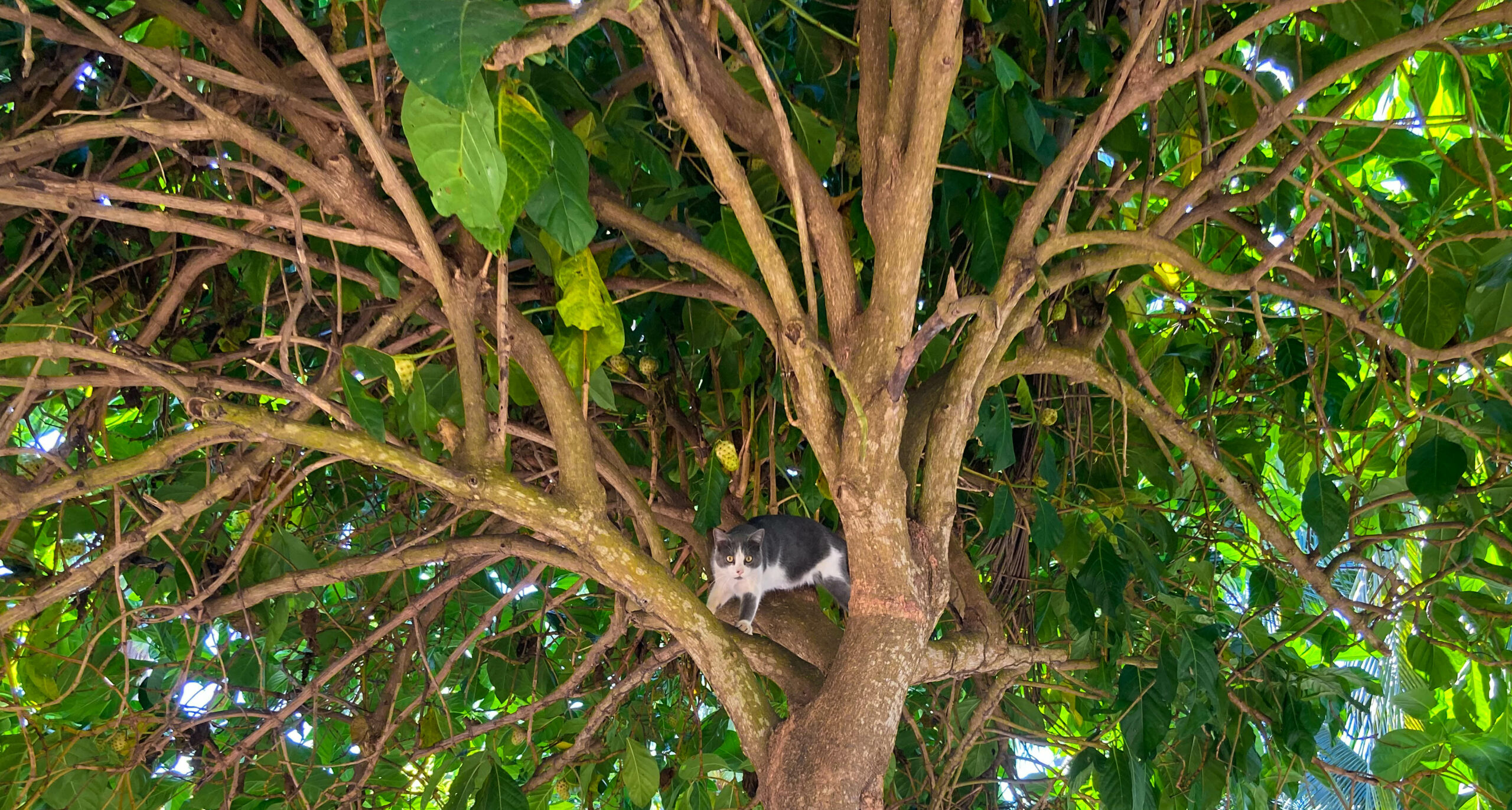
After three fabulous days along Baja California Sur, our cruise ship turned south-by-southeast for four more days of fun on Mexico‘s western mainland coast.
This post contains affiliate links. For more information, click here.
Mazatlán, Sinaloa
Sinaloa is a long narrow state across the Sea of Cortez from Baja California Sur.
Sinaloa’s best-known resort city is Mazatlan, which features several beaches and lots of mid-scale waterfront hotels. At more than five miles, its Malecón is one of the longest in the world.
The city offers plenty to intrigue cultural-history buffs.
Old Mazatlán historic district boasts the 19th-century Basilica of the Immaculate Conception and Teatro Angela Peralto.
The Gran Acuario Mazatlán Mar de Cortes is the largest aquarium in Mexico. The Museo Arqueológico Mazatlán displays pre-colonial artifacts like pottery and jewelry.
I opted for a salsa class at the mid-scale Royal Villas Resort. Over plentiful margaritas, we learned how to make six varieties of salsa, using a ceramic molcajete. It was fun, though I prefer the sensual feel of my own stone molcajete.
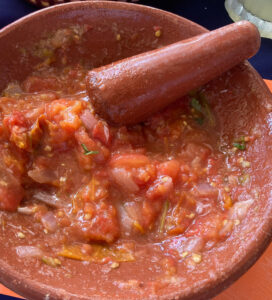
Back on board Volendam, we enjoyed a splendid sunset, a quiet evening, and good night’s sleep as we cruised toward our next port.
Puerto Vallarta, Jalisco
Jalisco is a sprawling state mid-way down the coast. Its main claim to fame is that it’s the birthplace of tequila, which was first distilled from the blue agave plant during the 16th century near the modern-day town of Tequila, about 30 miles northwest of Guadalajara.
Jalisco’s best-known resort city is Puerto Vallarta, which began life as a remote fishing village. Then in the early 1960s, director John Huston selected the spot as the setting for The Night of the Iguana, a film based on the Tennessee Williams play, which was based on his short story.
The movie has an all-star cast, including: Richard Burton, then married to his first wife, actress Sybil Williams Burton; Deborah Kerr, married to her second husband, screenwriter Peter Viertel, and Ava Gardner, divorced from her third husband, singer Frank Sinatra, but continuing an on-again/off-again relationship with him. Also in Puerto Vallarta was Elizabeth Taylor, then married to her fourth husband, singer Eddie Fisher, but continuing the torrid affair she’d begun a year earlier with Richard Burton while filming Cleopatra.
The obvious gossip fodder lured journalists from around the world — and transformed Puerto Vallarta into a glam destination.
The Burtons divorced in 1963. Elizabeth Taylor divorced Eddie Fisher in 1964. Ten days later, she and Richard Burton married at the Ritz-Carlton Montreal.
In 1966, Richard Burton gave Elizabeth Taylor a hillside villa with an ocean view in Puerto Vallarta. Then the couple purchased a similar property across a small street for him. They built a bridge to connect these his-and-hers villas.
The couple divorced in 1974, remarried in 1975, and redivorced in 1976. Later that year, Elizabeth Taylor married Senator John Warner of Virginia, and Richard Burton married model Suzy Miller.
Richard Burton died in 1984; Elizabeth Taylor died in 2011. For a time after their final divorce and his death, she had continued to visit their home in Puerto Vallarta, but she sold it in 1990. Today it is the boutique hotel Casa Kimberly.
John Huston also bought a home in Puerto Vallarta. A statue honors him for his film’s contributions to the city. His children Anjelica and Danny founded the Puerto Vallarta Film Festival.
My own day in Puerto Vallarta began with a lesson in how to taste tequila:
- Hold the glass up and look at the color of the tequila. The deeper the color, the longer the aging process, and the more complex the flavor.
- Gently swirl the tequila in the glass. Thin tracks of tequila, called legs, should slowly flow down the sides of the glass. The longer the legs take, the longer the aging process, because the consistency of the tequila is a little thicker.
- Bring the rim of the glass to your nose and smell the tequila, slowly raising your nose from the bottom rim through the middle of the glass to the top rim. The aromas should evolve from deeper to lighter.
- Inhale a deep breath through your nose; take a small sip of the tequila; let it coat your palate; swallow; exhale from your mouth. You may notice flavors that are floral, fruity, spicy, and woody.
Then we headed to La Dulce Vista, a midscale ranch, for another culinary class, where we made beef tostadas and red enchiladas, as well as salsa and guacamole, again, this time in stone molcajetes.

From there we headed back into central Puerto Vallarta and the Evolucion Silver Jewelry shop. The designs are hand-made on-site and very unique. I was hoping to purchase a turquoise bracelet. Unfortunately, every time I picked one up to look at it, a male employee pounced to fasten it around my wrist. He followed me around the shop and made me feel so stalked that I left without buying anything.
We also explored the Church of our Lady of Guadelupe, a 20th-century neoclassical structure with a baroque crown atop her bell tower.
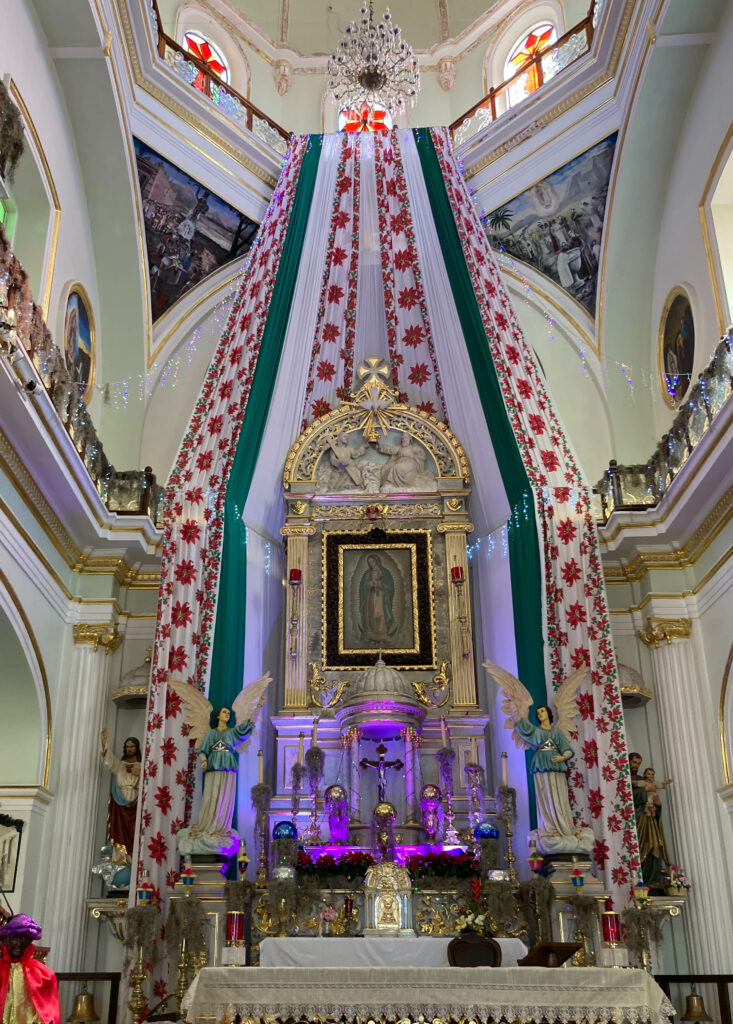
The sanctuary inside is bright and colorful. Outdoors is a courtyard with statues representing prominent Catholic figures.
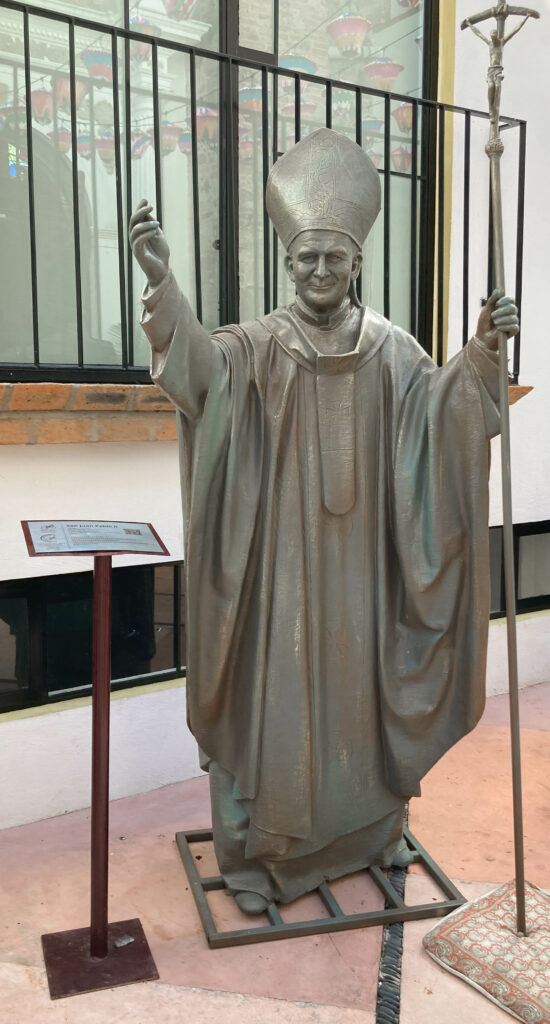
We finished up our day in Puerto Vallarta with a stroll along the Malecón and made it back on board Volendam in time for bar trivia at Mix.
Zihuatanejo, Guerrero
Guerrero is a small state in southern Mexico. It has held a special place in my heart since I was nine years old, because it was there that I developed my taste for premium travel, when my family stayed at the Acapulco Princess hotel.
Volendam stopped north of Acapulco, at Zihuatanejo, the fishing village to which the main characters in The Shawshank Redemption escaped. Today it’s known for its bay and its beaches.
I opted for an archeological shore excursion. It would be the worst shore excursion I have ever taken on any cruise.
The day began inauspiciously when a Volendam crew member announced over the ship’s public-address system that our tour busses would be parked about a half-mile from the pier. This isn’t a big deal to me, because I like to walk, but it was irritating that port officials hadn’t notified Holland America about the surprising circumstance sooner.
I hopped into a tender and gathered on the pier with my day’s companions to be escorted to our bus. It was miserably hot, and mariachi music was blasting, and there was a speaker attached to the only shelter, so I had to alternate between risking vertigo and heat exhaustion. After some time, we followed our tour guide to the bus, which was minimally air conditioned.
Our main destination was the ancient site of Xihuacan, also known as La Chole. Our tour guide spoke decent English, but with a thick accent, and the acoustics were challenging, but from what I can gather: The site was occupied by at least three different cultures over a period of more than 3,000 years, likely including the Aztecs. The last ancient culture may have been destroyed by a tsunami c. 300 A.D. Much of the area is now inhabited by small farmers. Artifacts were discovered in the 1930s, but serious excavations did not begin until the early 2000s.
We arrived at a small museum without air conditioning. It displays a scale model of the site and typical pre-Columbian artifacts like art and pottery.
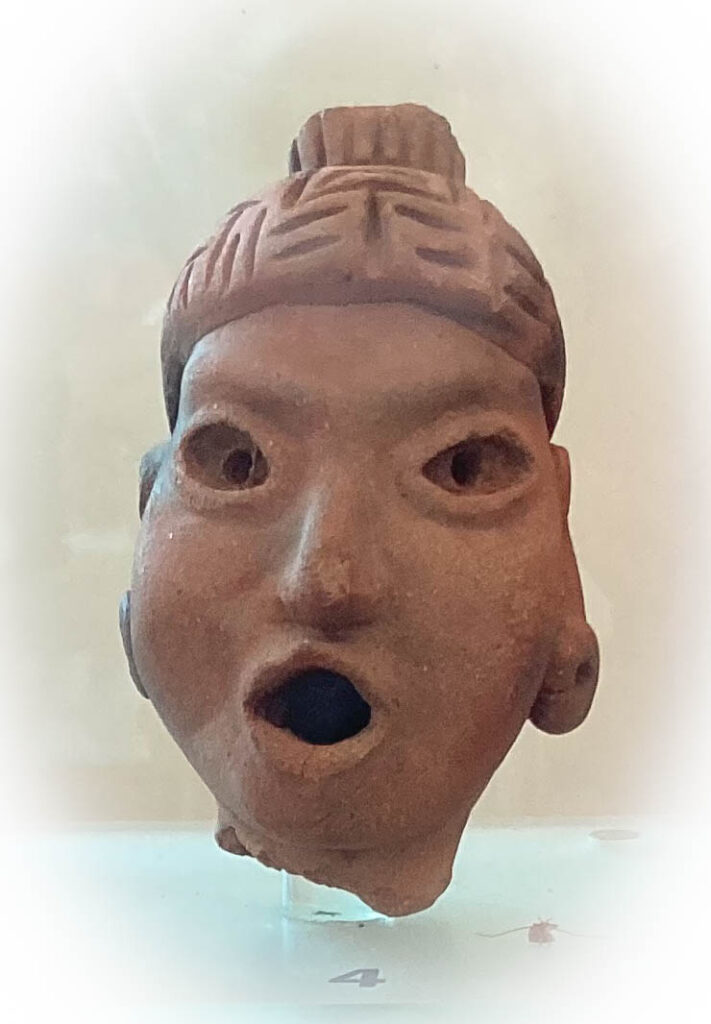
Next we rode to the ball court. The Mesoamerican ball game was an ancient sport likely connected with religious rituals, including human sacrifice. The ball was made of rubber and could weigh as much as nine pounds. The rules are uncertain today, but the game appears to share similarities with soccer and racketball. The ball court is long, narrow, and sunken, with sloping side walls and an upright end wall made of stone, and an open end zone.
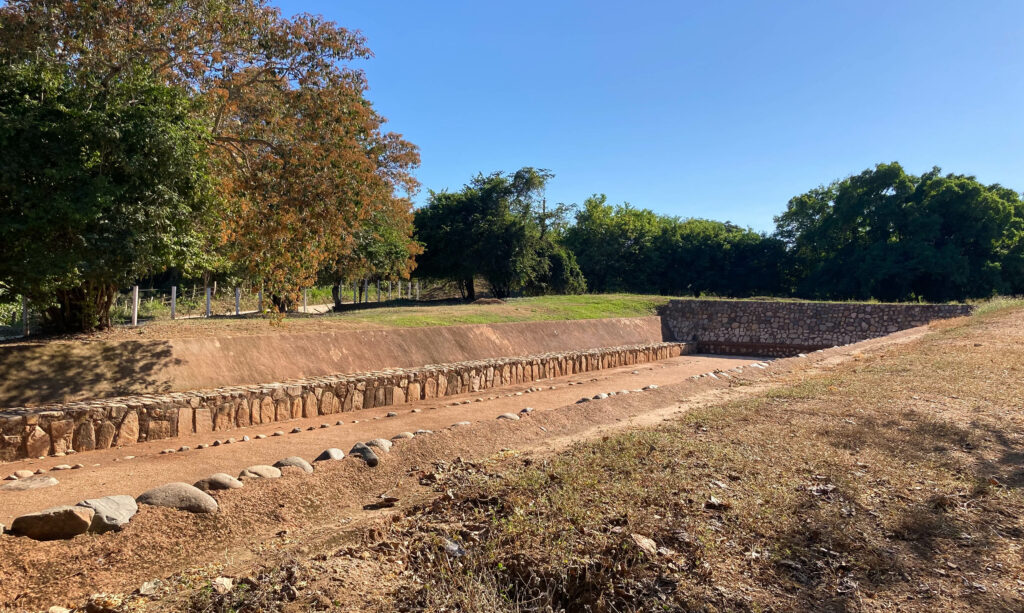
We boarded the bus again, but unfortunately the driver had parked in such a way as to leave himself unable to maneuver his way out. He tried backing up for a bit, but ultimately had to get out of the bus and prevail upon a local farmer to open his gates so that the driver could turn the bus around.
Shortly after this minor mishap, we arrived at what was probably the site of human sacrifices. The victims could have included losers of the ball game, or perhaps even the winners, as it may have been considered an honor.
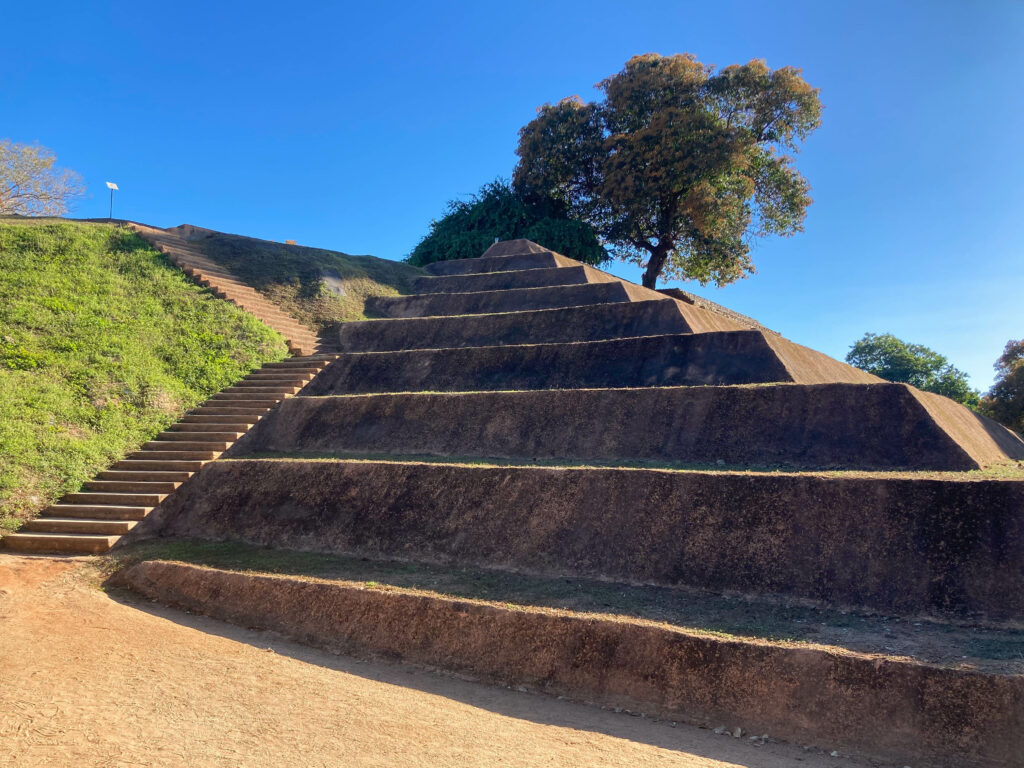
We climbed stairs beside a pyramid up to a courtyard-like open area with stone gutters sunken in the grass. Our tour guide explained that these gutters were likely to accommodate the blood flow from the sacrifices.
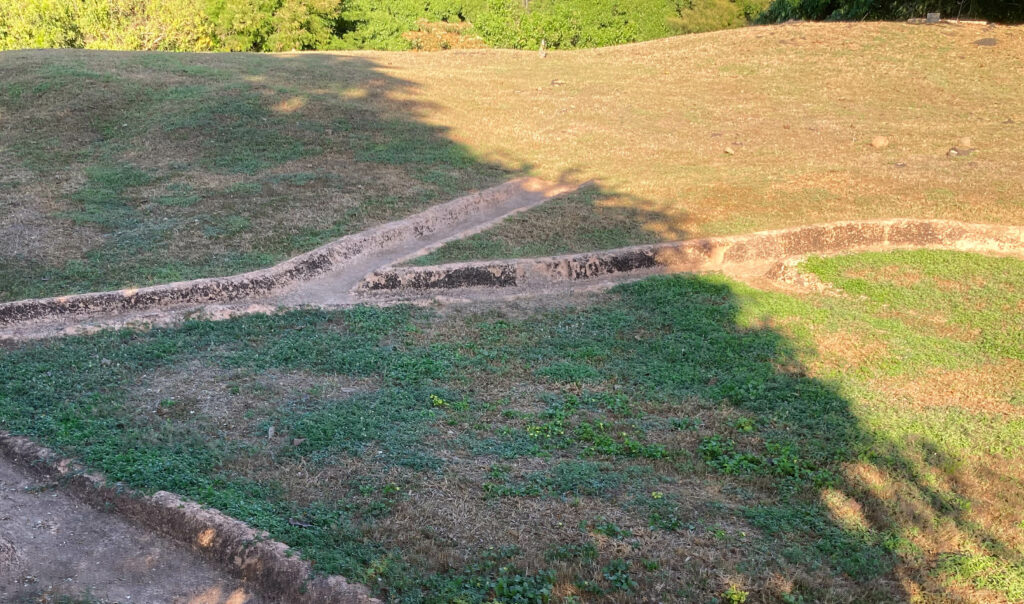
I preferred the lovely view I saw after turning away from the grim site.
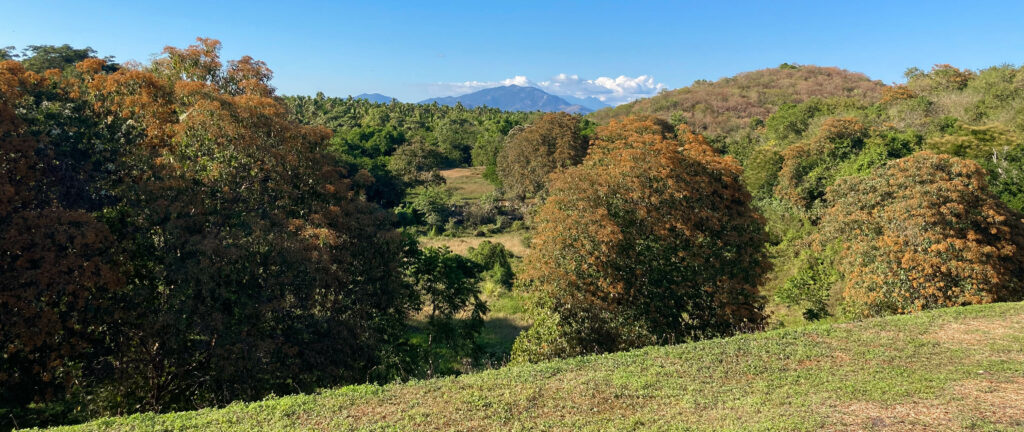
The tour was supposed to conclude with a glitzier view: that of the seaside resort city of Ixtapa. Unfortunately, we were far behind schedule and already in danger of being late for Volendam‘s departure, so the group voted to skip the last stop. Even so, we were still on the bus at the time of our ship’s scheduled departure.
A main draw of official shore excursions is that the ship will wait for passengers whose return is delayed — or, if it can’t, because for example there isn’t enough fuel or time to reach the next port-of-call, the cruise line will arrange and cover lodging and transportation back to the ship, wherever she is next docked. This gave me peace of mind — until Zihautanejo. The ineptitude that led to our situation left me deeply unsettled by the thought of my safety being in the hands of the people responsible for our group’s predicament. I’d have felt more secure on my own.
Fortunately, Holland America handled it well. Volendam waited for us. When our bus arrived at its final stop, half a mile from the pier, there were vans ready for passengers who felt unable to hoof their way back. I joined the group following our tour guide on foot. Along the way, he seemed to know everyone in Zihuatanejo, greeting people with a hearty Hola! and a quick clasp of the hands. It didn’t really slow our progress, but it also didn’t convey a sense of seriousness about the situation, and left me with the conclusion that he’s one of those mediocre people who coast through life on affability.
A tender was waiting for us when we reached the pier. Several people spent the ride complaining about the experience, and I even overheard someone the next morning at breakfast in the Lido Market telling a companion about the bus driver’s mistake at the ball court. I didn’t make a formal complaint, but I suspect quite a few others did, because the next day I received a letter in my stateroom apologizing for the poor excursion and issuing me a 20 percent refund for its cost. And I notice that Holland America’s current Mexican Riviera cruises do not call at Zihuatanejo.
Manzanillo, Colima
Colima is a small state between Jalisco and Guerrero. Manzanillo is one of Mexico’s busiest ports, because it’s where goods headed to Mexico City enter the country. The city boasts lots of beachfront resorts, including Las Hadas, which was featured in the movie 10.
My companions and I decided to explore on our own. Our first stop was the Mercado Municipal, an enormous city marketplace; it smelled fabulous thanks to all the fresh fruit.
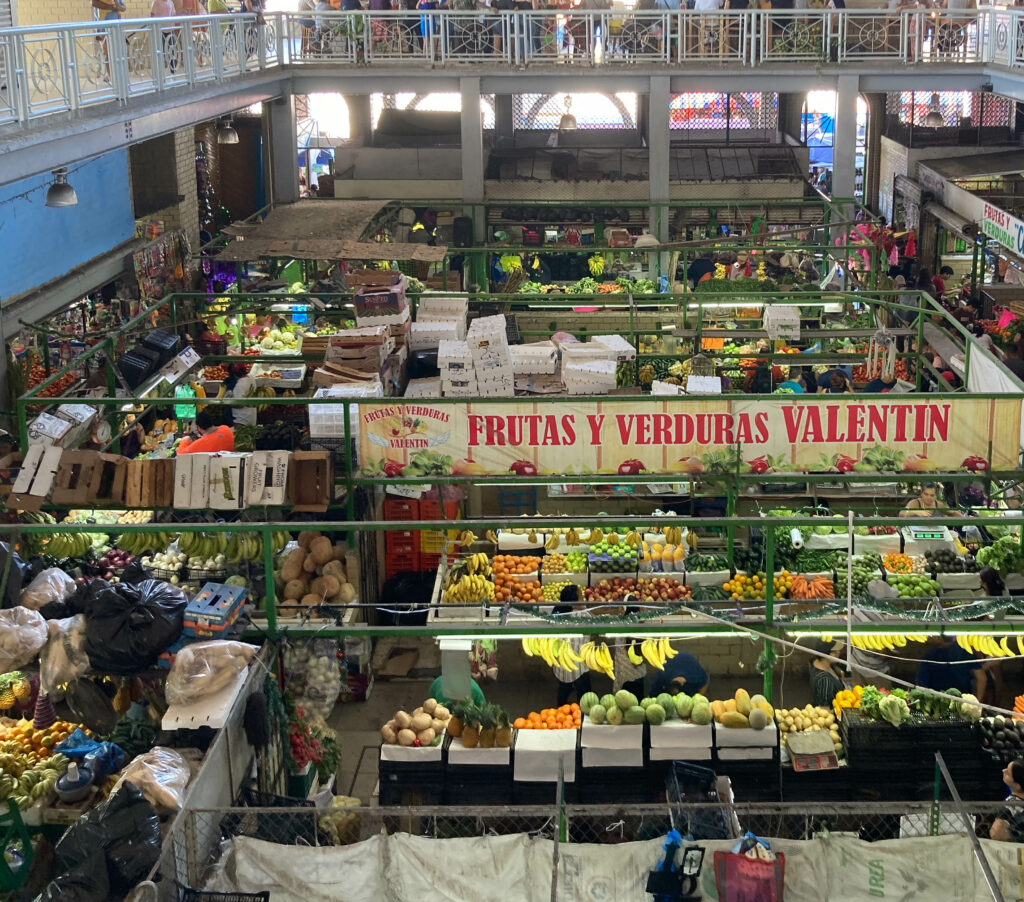
Next we visited Iguanario Archundia, a small zoo with chickens, raccoons, and of course lots of iguanas. But we saw even more of the distinctive reptiles in the trees just outside the site.
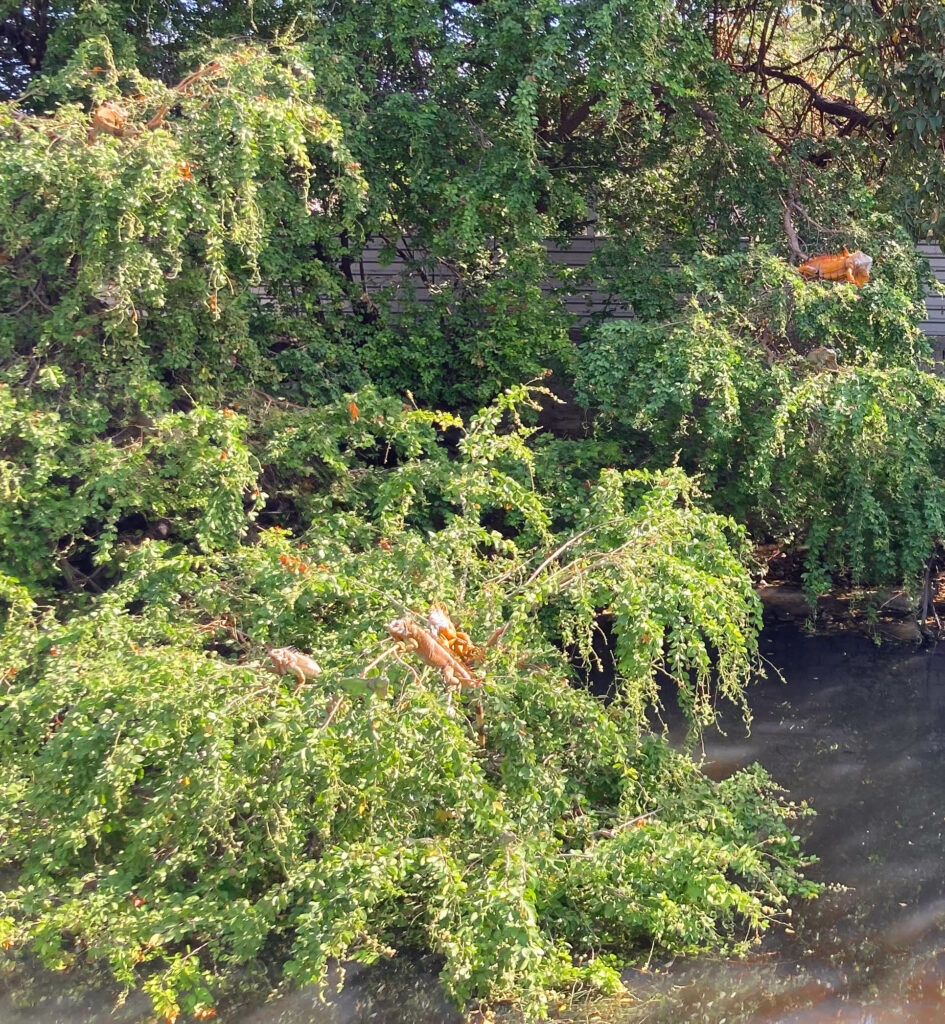
We stopped for a light lunch at El Social, a dive bar near the pier. My companions ordered beers; I opted for a margarita, which was quite good. Our waiter gave us complimentary ceviche, with tostadas and saltines, and it was also very good.

Finally we went for a short stroll along the city’s small Malecón, savoring our last moments in Mexico.
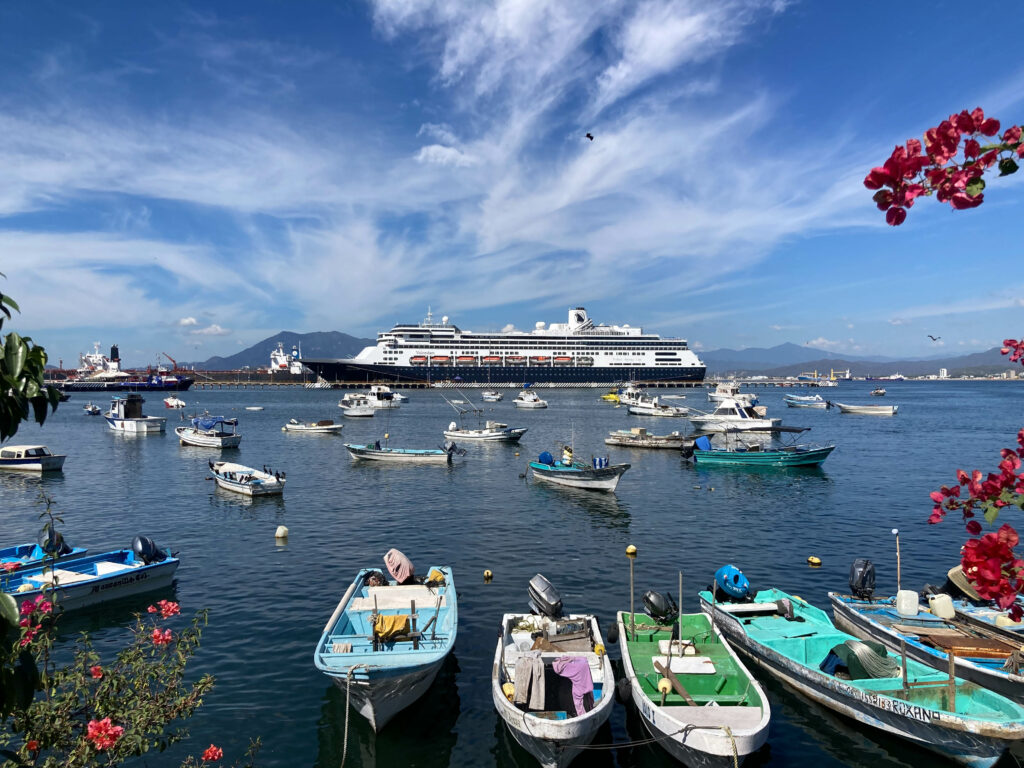
The next time we stepped off the ship would be three days later, upon our return to San Diego.

After my misspent youth as a wage worker, I’m having so much more fun as a blogger, helping other discerning travellers plan fun and fascinating journeys. Read more …
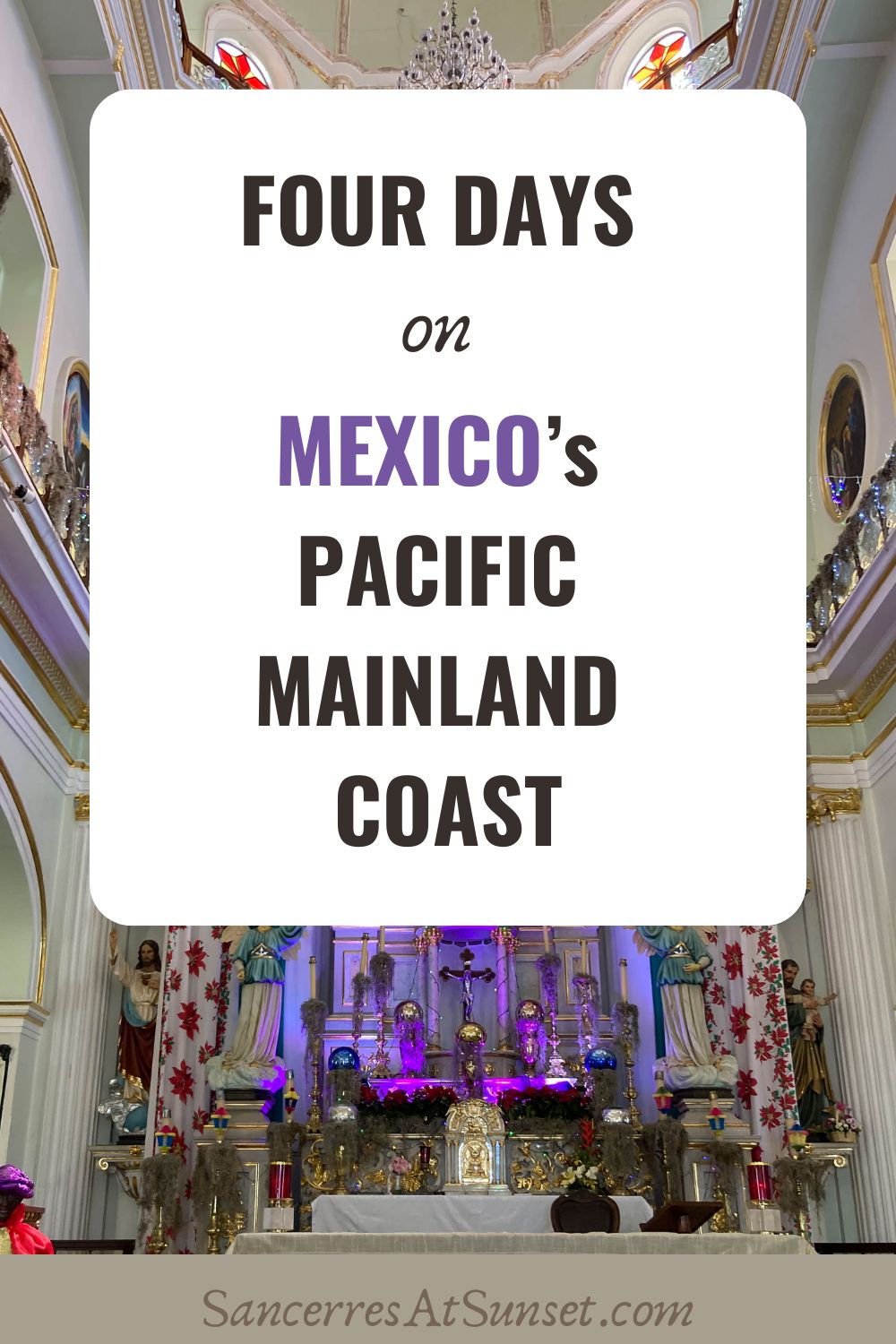





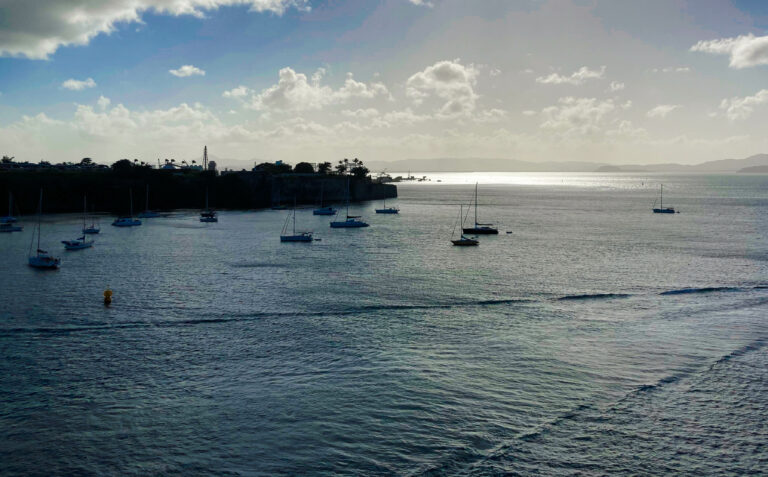
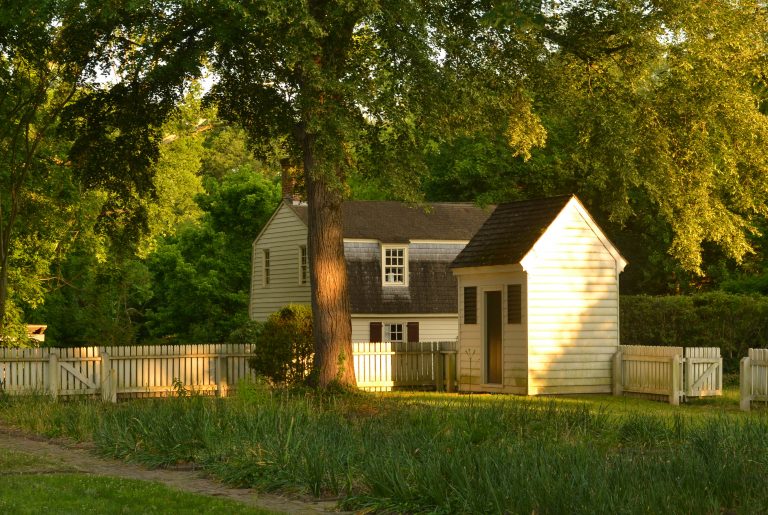
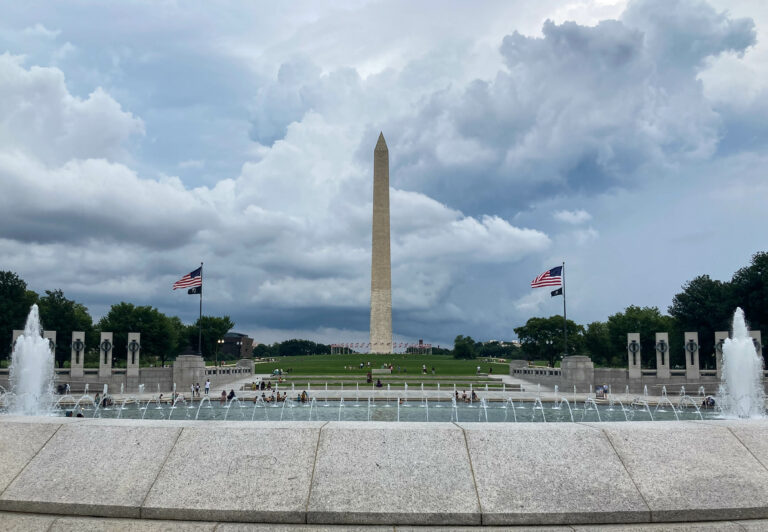
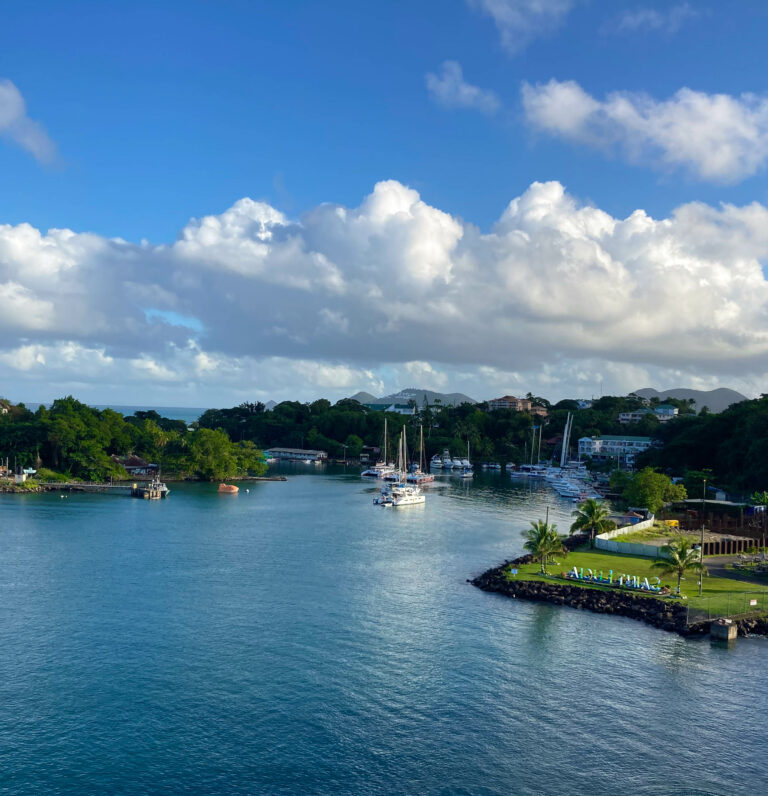
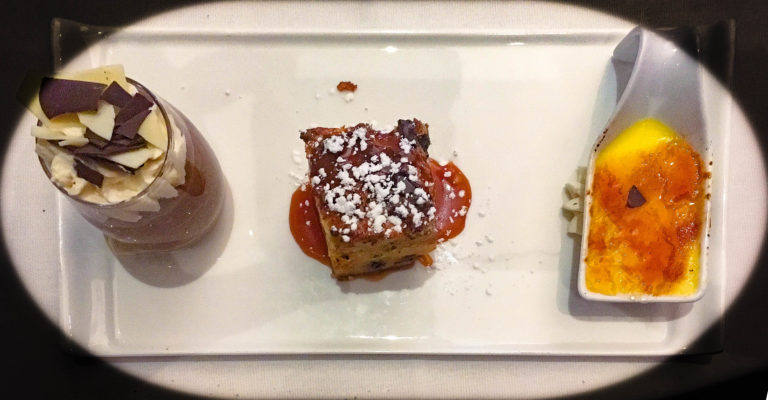
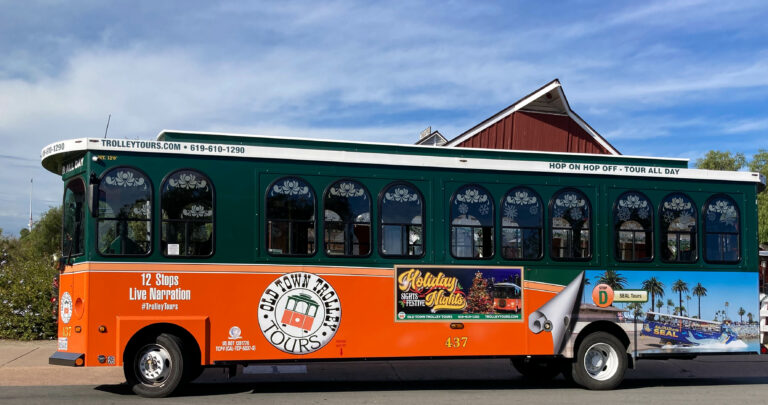
wow you must be so happy with your husband on these trips right? looks like a great place to have a honeymoon